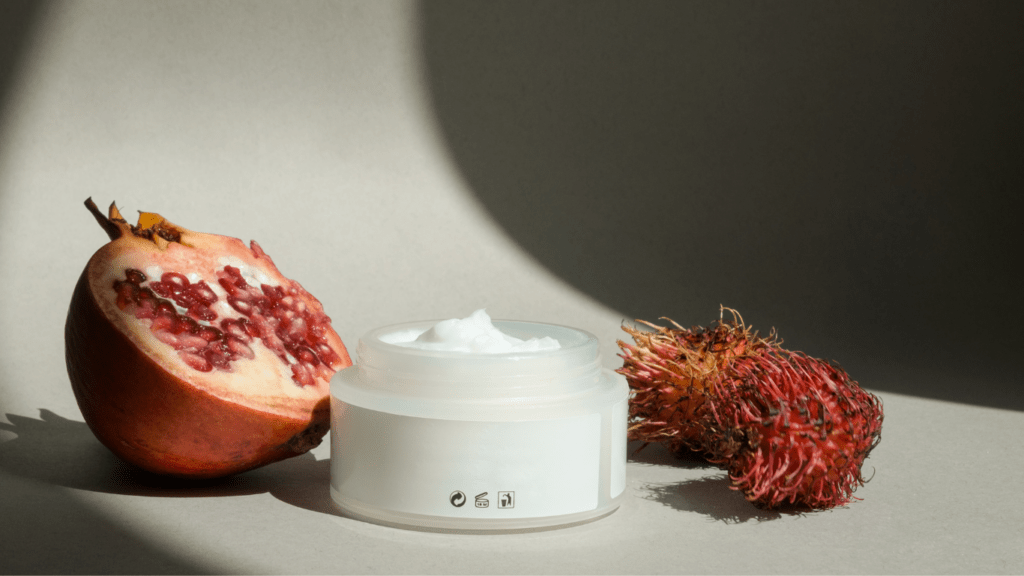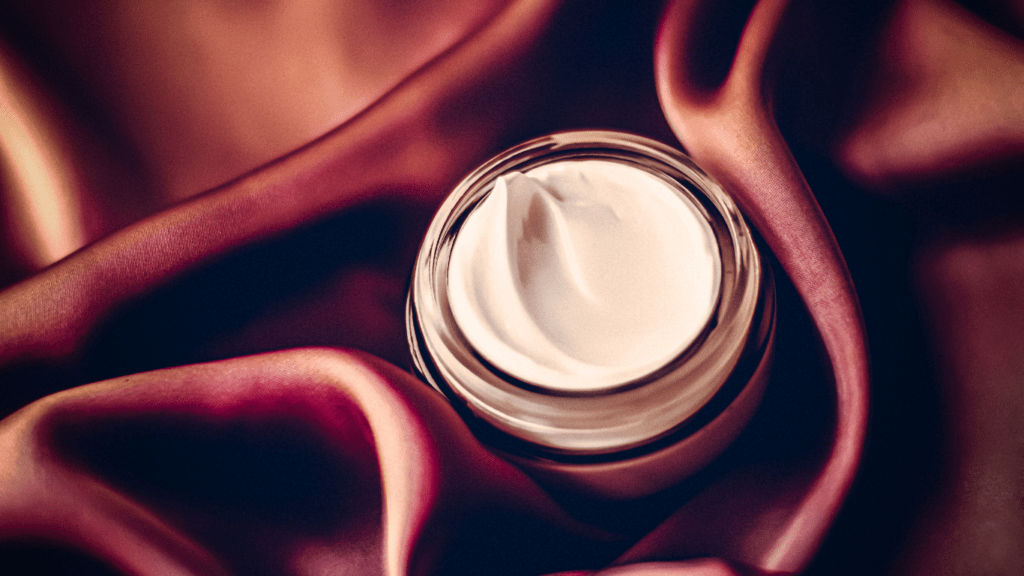Understanding Skin Types
Knowing your skin type plays a crucial role in selecting the right moisturizer. I’ll break down the main skin types and address some common concerns to help you make an informed choice.
Identifying Your Skin Type
First, determine whether your skin feels oily, dry, combination, or sensitive.
- Oily Skin: If you notice shine, particularly in the T-zone (forehead, nose, chin) and experience frequent breakouts, your skin is oily.
- Dry Skin: Feeling tight, rough patches, or flaking indicates dry skin.
- Combination Skin: A mix of dry and oily areas, usually with an oily T-zone and dry cheeks, defines combination skin.
- Sensitive Skin: Redness, stinging, or irritation from products signifies sensitive skin.
Try the blotting sheet test if uncertain. Press a sheet to different parts of your face, and observe oil traces. More oil suggests oily skin, while little to none indicates dry skin.
Common Skin Concerns
Dryness, acne, and sensitivity are prevalent skin concerns affecting moisturizer choice.
- Dryness: For dry skin, opt for rich, emollient ingredients like shea butter or glycerin, which provide deep hydration.
- Acne: Non-comedogenic and lightweight moisturizers work best for acne-prone skin, avoiding ingredients that clog pores.
- Sensitivity: Hypoallergenic and fragrance-free products reduce the risk of irritation for sensitive skin.
Tailoring your moisturizer to these concerns improves overall skin health and appearance. Adjusting based on skin type ensures you use a product that caters specifically to your needs, maximizing effectiveness.
Key Ingredients in Moisturizers
Choosing the right moisturizer requires understanding key ingredients that benefit different skin types. Here’s how to choose ingredients based on your skin’s needs.
For Dry Skin
Dry skin requires moisture-retaining ingredients. Hyaluronic acid offers deep hydration by holding up to 1,000 times its weight in water.
Glycerin, a humectant, draws moisture into the skin, ensuring long-lasting hydration. Ceramides strengthen the skin barrier, preventing moisture loss. Shea butter and jojoba oil provide rich emollients that soften and smooth dry patches.
For Oily Skin
Oily skin needs balancing ingredients. Salicylic acid exfoliates and unclogs pores, reducing oil buildup. Niacinamide regulates oil production and minimizes pore appearance.
Lightweight hydrators like hyaluronic acid provide moisture without adding excess oil. Green tea extract offers anti-inflammatory benefits that calm irritated, oily skin.
For Sensitive Skin
Sensitive skin demands gentle, soothing ingredients. Aloe vera provides hydration and soothes irritation. Chamomile and calendula extract offer anti-inflammatory properties to reduce redness and irritation.
Avoid fragrances and alcohol, which can exacerbate sensitivity. Colloidal oatmeal calms the skin and provides a protective barrier.
The Importance of SPF in Moisturizers

SPF, or Sun Protection Factor, plays a crucial role in maintaining skin health. Combining moisturizer and SPF simplifies skincare routines.
Benefits of SPF Protection
SPF protects skin from harmful ultraviolet (UV) rays. UV rays cause sunburn, premature aging, and increase skin cancer risk. Incorporating SPF into daily skincare shields skin from UV-A and UV-B rays, reducing damage.
Dermatologists recommend daily use of SPF moisturizers for all skin types to prevent photoaging and sun-induced hyperpigmentation.
Recommended SPF Levels
Experts suggest using SPF 30 or higher for sufficient protection. SPF 30 blocks approximately 97% of UVB rays, while SPF 50 blocks about 98%.
Applying enough product and reapplying every two hours or after sweating/swimming ensures optimal effectiveness. Users with higher sun exposure, such as outdoor workers and athletes, benefit from higher SPF levels or additional sunscreen applications.
Reading Product Labels
Knowing how to read product labels ensures informed decisions when choosing moisturizers. Understanding ingredient lists and marketing claims helps identify the best products for your skin type.
Decoding Ingredient Lists
Ingredient lists on skincare products often appear complex. The key lies in identifying active ingredients that benefit your specific skin type.
Examples:
- For dry skin: Look for hyaluronic acid, glycerin, ceramides, shea butter, and jojoba oil.
- For oily skin: Include salicylic acid, niacinamide, hyaluronic acid, and green tea extract.
- For sensitive skin: Opt for aloe vera, chamomile, calendula extract, and colloidal oatmeal.
Ingredients are usually listed in descending order by concentration. Active ingredients higher on the list generally have a more significant effect.
Labels and Marketing Claims
Marketing claims on moisturizer packaging can be misleading. Claims like “hypoallergenic” or “dermatologist tested” don’t guarantee suitability for all skin types.
Examples:
- “Non-comedogenic”: Indicates the product won’t clog pores, beneficial for acne-prone skin.
- “Fragrance-free”: Important for sensitive skin to avoid irritation.
- “Paraben-free”: Avoids certain preservatives linked to health concerns.
Reading beyond the claims to the ingredient list ensures the product’s effectiveness and safety align with personal skin care needs.


 Bradley Frankirly is a distinguished article writer at Body Care And Matter, bringing a unique perspective to the world of health and wellness journalism. With a keen eye for detail and a passion for storytelling, Bradley crafts articles that resonate deeply with readers, offering both informative content and a relatable narrative.
Bradley Frankirly is a distinguished article writer at Body Care And Matter, bringing a unique perspective to the world of health and wellness journalism. With a keen eye for detail and a passion for storytelling, Bradley crafts articles that resonate deeply with readers, offering both informative content and a relatable narrative.

